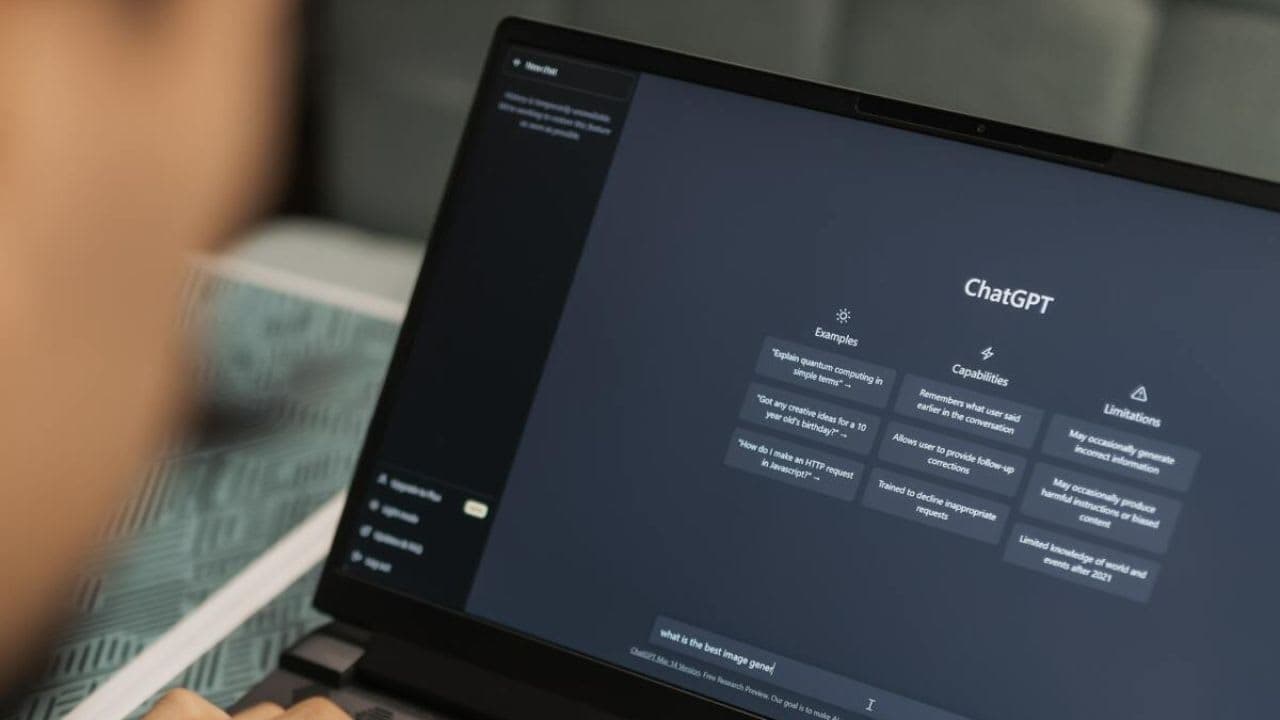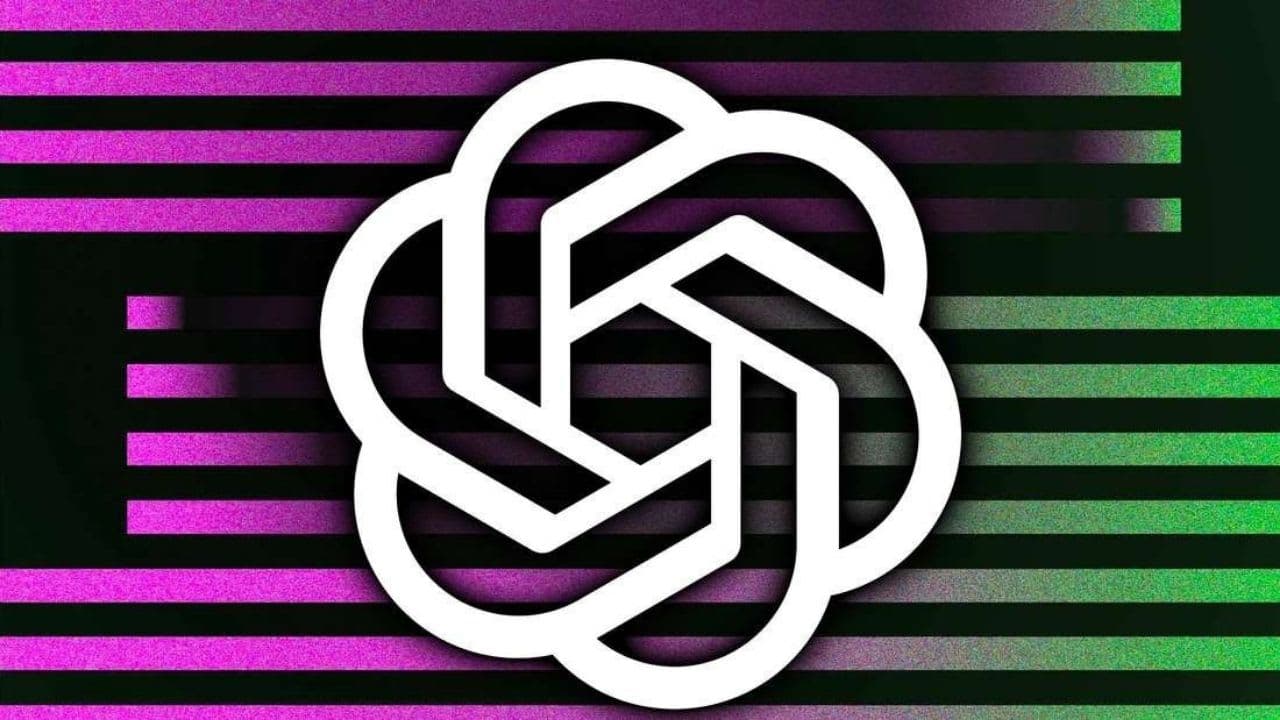How to Get ChatGPT Unblocked for School in 2025 (7 Working Methods)
Can Turnitin Detect Chat GPT?
Yes, Turnitin can detect content generated by Chat GPT. ChatGPT, developed by OpenAI, is one of the leading conversational AI models.
It has become popular for its ability to generate human-like text. As Albert Einstein once said, “The true sign of intelligence is not knowledge but imagination.” While ChatGPT exhibits this imaginative capacity in text generation, systems like Turnitin evolved to detect such content.
Does Turnitin Detect Chat GPT?
Turnitin, a trusted name in plagiarism detection, has adapted to the rise of AI-generated content. On 4 April 2023, they introduced AI writing detection capabilities in several of their products, including Turnitin Feedback Studio (TFS), TFS with Originality, Turnitin Originality, Turnitin Similarity, Simcheck, Originality Check, and Originality Check+.
This update was a significant step to ensure that academic content remains original and genuine. The enhancement to Turnitin’s system can detect writings from Chat GPT with an impressive accuracy of around 98%.
This precision ensures that the student’s work can be cross-checked effectively, upholding the original content. By integrating these capabilities, Turnitin is supporting a community of educators and students.
More than 2.1 million teachers and 10,700 educational institutions will benefit from these enhanced features, ensuring that over 62 million students produce work that reflects their true understanding and skills.
How Does Turnitin Detect Chat GPT?
Turnitin, over the years, has developed a robust system to detect plagiarised content. With the rise of AI text generators like ChatGPT, which includes versions GPT-3, GPT-3.5, and the advanced GPT-4 (also known as ChatGPT Plus), there was an evident need to update its capabilities.
Here’s a simplified explanation of how Turnitin identifies text generated by these models:
- Database Comparison: Turnitin maintains an extensive database of academic papers, journals, articles, and student submissions. It checks for matches between the submitted text and its database contents.
- Writing Patterns: Turnitin has algorithms that recognize the unique writing patterns often generated by AI models, differentiating them from typical human writing.
- Statistical Analysis: The system can analyze the text’s structure, word choice, and sentence length, flagging content that matches known patterns of AI-generated text.
- Frequent Updates: Turnitin continuously updates its systems to keep up with the latest AI text generator versions
Can Universities Detect Chat GPT?
Yes, universities can detect content generated by Chat GPT. Most universities use platforms like Turnitin to ensure the integrity of student submissions. These platforms have adapted their technologies to recognize content produced by advanced AI models.
Since ChatGPT and its versions have become popular, many students might be tempted to use them for academic purposes. However, with Turnitin’s updated capabilities, any content that closely resembles the writing style and patterns of ChatGPT can be flagged.
Moreover, professors and academic professionals are trained to recognize inconsistencies in writing. They know their students’ capabilities and writing styles. So, even if AI-generated content slips past detection tools, human intuition, combined with educators’ expertise, can often spot when something doesn’t seem right.
How Does Turnitin Work?
Turnitin works by comparing a student’s submitted work to a massive database of content, including internet, academic, and student paper content. It then generates a Similarity Report, which shows the percentage of the student’s work that is similar to the content in its databases.
The report also highlights the specific passages that match and provides links to the sources. Turnitin uses a variety of methods to detect plagiarism, including:
- Word matching: Turnitin looks for instances where a student’s work matches exactly with text in its database.
- Phrase matching: Turnitin looks for instances where a student’s work matches closely with text in its database, even if the words are not in the same order.
- Idea matching: Turnitin also looks for instances where a student’s work matches the ideas of another source, even if the words are different.
Turnitin’s Similarity Report is not a definitive judgment of plagiarism. It is simply a tool that can help educators to identify potential problems in their students’ work. Educators need to use their own judgment to determine whether or not a student has plagiarized.
Turnitin ChatGPT Screening
Turnitin ChatGPT Screening is a new feature that Turnitin released in April 2023. It is designed to detect AI-generated content, including content generated by ChatGPT.
Turnitin ChatGPT Screening works by analyzing the writing style and patterns of the submitted work. It looks for features that are common in AI-generated content, such as:
- Repetitive sentence structures
- Clichéd language
- Lack of originality
- Lack of critical thinking
Why Is This Significant?
The significance of Turnitin ChatGPT Screening is that it is a new and innovative tool that can help educators detect AI-generated content. This is important because AI writing tools are becoming increasingly sophisticated and accessible, and students may be tempted to use them to cheat on assignments.
Turnitin ChatGPT Screening can help to ensure that students are not plagiarizing and that they are producing their own original work. This is important for academic integrity and for ensuring that students are learning the material.
How Can Instructors Detect the Use of Chat GPT?
Instructors can detect the use of ChatGPT in a variety of ways, including:
- Using plagiarism detection software: Plagiarism detection software such as Turnitin can now detect AI-generated content, including content generated by ChatGPT.
- Analyzing the writing style and patterns of the submitted work: ChatGPT-generated text often has certain stylistic patterns that can be detected by human readers.
- Comparing the student’s work to their previous work: If a student’s current work is significantly different in style or quality from their previous work, this could be a sign that they are using ChatGPT.
Can teachers tell if you use ChatGPT?
Teachers are capable of identifying chat GPT models that students may use to manipulate results on tests or in online discussions. Teachers can make sure that students produce original work and participate in open discussions by using tools like Turnitin and Grammarly.
The Ethical Implications of Using Chat GPT
ChatGPT is a powerful language model chatbot developed by OpenAI. It can generate realistic and coherent chat conversations and can be used for a variety of purposes, such as customer service, education, and entertainment. However, like any powerful tool, ChatGPT has the potential to be misused.
Here are some of the ethical implications of using ChatGPT:
- Misinformation and disinformation: ChatGPT can be used to generate realistic but fake news articles, social media posts, and other forms of content.
- Spam and phishing: ChatGPT can be used to generate spam emails and phishing messages.
- Bias and discrimination: ChatGPT is trained on a massive dataset of text and code, which may contain biases and stereotypes.
- Privacy and surveillance: ChatGPT can be used to collect and analyze large amounts of data about people.
FAQ’s
What does Turnitin not detect?
Turnitin primarily detects similarities in text by comparing submitted documents to its extensive database of academic content, internet sources, and previously submitted papers. However, it has limitations and may not detect the following:
- Unpublished Work
- Paraphrasing and Rewriting
- Uncommon Languages
- Images, Equations, and Non-text Content
What gets flagged on Turnitin?
Turnitin flags any text that is found to be similar to text in its database. This can include text from other academic papers, books, websites, and even student papers. Turnitin also flags text that is poorly cited or paraphrased. Here are some specific examples of what gets flagged on Turnitin:
- Direct quotes that are not properly cited
- Paraphrased text that is too close to the original source
- Text that is copied and pasted from a website or other source
- Text that is translated from another language
- Text that is generated by an AI tool
What can I exclude from Turnitin?
You can exclude the following from Turnitin:
- References: You can exclude your references section from Turnitin by selecting the “Exclude references” checkbox in the similarity settings.
- Quotes: You can exclude quotes from Turnitin by selecting the “Exclude quotes” checkbox in the similarity settings.
- Small matches: You can exclude small matches from Turnitin by setting a minimum word count or percentage for matches to be flagged.
- Entire sources: You can exclude entire sources from Turnitin, such as a book or article that you have cited in your paper.
- Specific sections: You can exclude specific sections from Turnitin, such as your introduction or conclusion.
Can you outsmart Turnitin?
It is possible to outsmart Turnitin, but it is becoming increasingly difficult. Turnitin is constantly being updated with new features and algorithms to detect plagiarism. However, there are still a few things that you can do to try to evade detection.
What percentage is unacceptable in Turnitin?
The acceptable Turnitin percentage can vary depending on the institution, the course, and the assignment. However, a general rule of thumb is that a similarity score of 15% or less is considered acceptable. A score of 16-25% is considered borderline, and a score of 26% or higher is considered unacceptable. It is important to note that these are just general guidelines. Your instructor may have different expectations for Turnitin similarity scores. It is always best to check with your instructor to see what the acceptable similarity score is for your assignment.
Conclusion
In this blog, we talked about Turnitin, a tool that checks if students’ work is original, and ChatGPT, which is an AI that can create content. We discussed whether Turnitin can catch content made by ChatGPT.
Universities and teachers need to keep up with how technology is changing education. They’re trying to find ways to spot work made by AI like ChatGPT. For students and creators, it’s crucial to know that using AI for schoolwork can be unfair and wrong.
The relationship between Turnitin and ChatGPT is a big deal because it affects how we learn. We all need to be aware, adapt, and keep honesty in our education.


